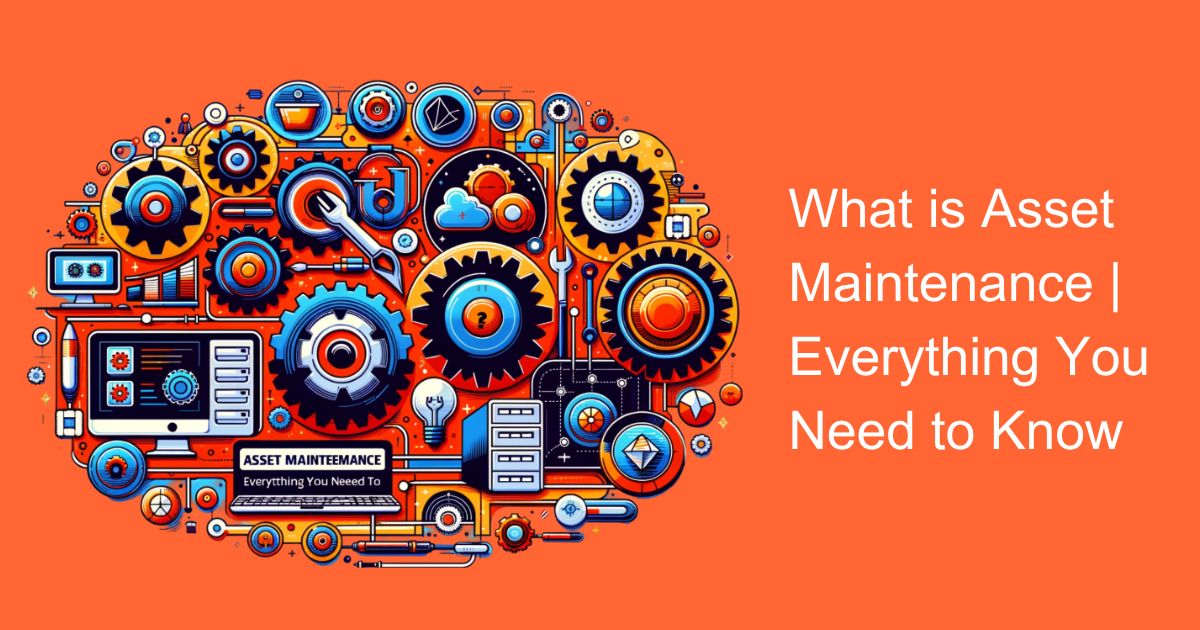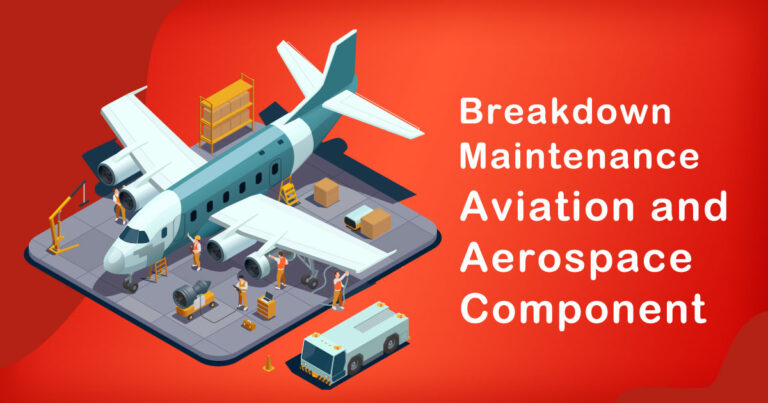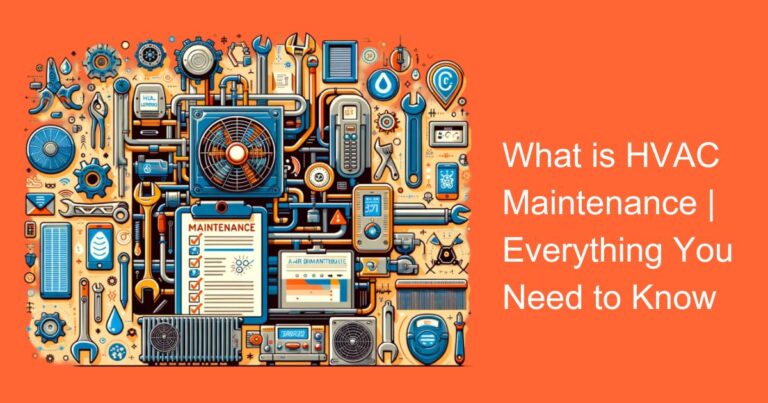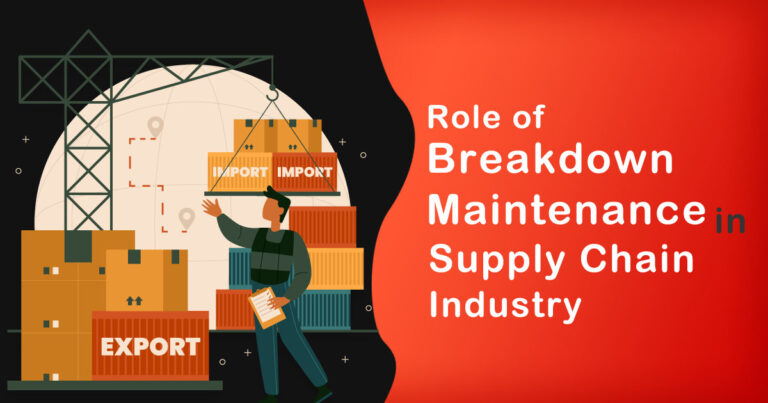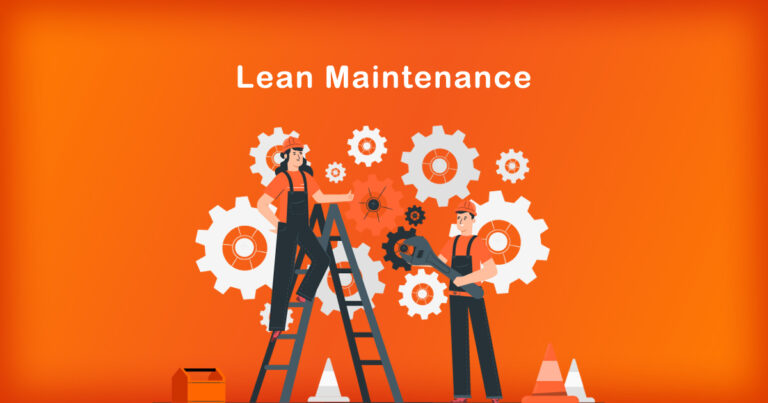Introduction
In the realm of business operations, the term “asset maintenance” carries significant weight. From manufacturing plants to IT infrastructures, assets are the backbone of any organization, requiring meticulous care and attention to ensure optimal performance and longevity. In this comprehensive guide, we delve into the what is asset maintenance, shedding light on its importance, strategies, and implications, particularly within the Indian context.
Understanding Asset Maintenance
Asset maintenance encompasses a broad spectrum of activities aimed at preserving the functionality, reliability, and value of tangible and intangible assets throughout their lifecycle. These assets can range from machinery and equipment to software systems and intellectual property. The primary goal of asset maintenance is to minimize downtime, mitigate risks, and maximize the return on investment (ROI) associated with these assets.
Importance of Asset Maintenance
In the competitive landscape of the Indian market, where efficiency and productivity are paramount, effective asset maintenance holds immense significance. Here are some key reasons why asset maintenance should be a top priority for businesses:
Cost Reduction:
Proactive maintenance helps in identifying and addressing issues before they escalate into costly breakdowns. By conducting regular inspections and implementing preventive measures, organizations can minimize repair expenses and extend the lifespan of their assets.
Enhanced Reliability:
Well-maintained assets are more reliable, leading to uninterrupted operations and improved customer satisfaction. In sectors such as manufacturing and transportation, where downtime can have severe repercussions, investing in asset maintenance is crucial for maintaining operational continuity.
Regulatory Compliance:
Many industries in India are subject to stringent regulatory requirements pertaining to asset safety and environmental standards. Adhering to these regulations not only ensures legal compliance but also safeguards the reputation and credibility of the organization.
Optimized Performance:
Timely maintenance interventions help in optimizing asset performance by fine-tuning operational parameters and addressing inefficiencies. This, in turn, translates into higher productivity and profitability for the business.
Asset Valuation:
Proper maintenance practices positively impact the valuation of assets, especially in scenarios involving mergers, acquisitions, or asset sales. Investors and stakeholders are more inclined towards organizations with well-maintained assets, as it reflects prudent management practices and long-term sustainability.
Strategies for Effective Asset Maintenance
Implementing an effective asset maintenance strategy requires a combination of proactive planning, technological integration, and skilled workforce. Here are some strategies that organizations can adopt to streamline their asset maintenance processes:
Routine Inspections:
Conduct regular inspections of assets to identify signs of wear and tear, corrosion, or malfunction. This proactive approach allows maintenance teams to address potential issues early on, preventing costly breakdowns.
Predictive Maintenance:
Leverage data analytics and predictive maintenance tools to forecast asset failures based on historical performance data and real-time monitoring. By predicting maintenance needs in advance, organizations can schedule maintenance activities more efficiently, minimizing downtime and optimizing resource allocation.
Preventive Maintenance:
Implement a schedule-based maintenance approach wherein routine maintenance tasks such as lubrication, calibration, and component replacements are performed at predetermined intervals. This proactive strategy helps in prolonging asset lifespan and reducing the likelihood of unexpected failures.
Asset Tracking and Management:
Invest in asset tracking software and management systems to maintain an accurate inventory of assets, track their whereabouts, and monitor maintenance history. Centralized asset management facilitates better decision-making and resource allocation, ensuring optimal utilization of assets.
Training and Skill Development: Equip maintenance personnel with the necessary skills and training to effectively troubleshoot and repair assets. Continuous learning and skill development programs help in keeping maintenance teams abreast of the latest technologies and best practices.
Challenges and Future Trends
Despite the evident benefits, asset maintenance in India is not without its challenges. Limited budget allocations, shortage of skilled manpower, and the diverse nature of assets pose significant hurdles for organizations. However, with advancements in technology such as Internet of Things (IoT), Artificial Intelligence (AI), and machine learning, the landscape of asset maintenance is evolving rapidly.
IoT-enabled sensors and predictive analytics are revolutionizing asset management by providing real-time insights into asset performance and health. AI-powered algorithms can analyze vast amounts of data to predict maintenance needs more accurately, enabling organizations to transition from reactive to proactive maintenance strategies.
Moreover, the emergence of cloud-based asset management platforms offers scalability and flexibility, allowing businesses to streamline maintenance operations across geographically dispersed locations.
Conclusion
In conclusion, asset maintenance is not just a routine task but a strategic imperative for businesses aiming to thrive in today’s competitive environment. By investing in proactive maintenance practices, leveraging technology, and nurturing a culture of continuous improvement, organizations can unlock significant value from their assets while ensuring sustainable growth and resilience. In the Indian context, where economic growth is closely tied to efficient resource utilization, prioritizing asset maintenance can pave the way for enhanced productivity, operational excellence, and long-term success. As the saying goes, “A stitch in time saves nine” – proactive maintenance today can safeguard the future of businesses tomorrow.


